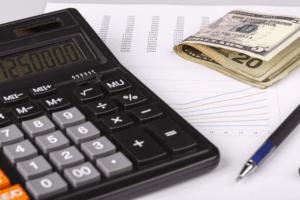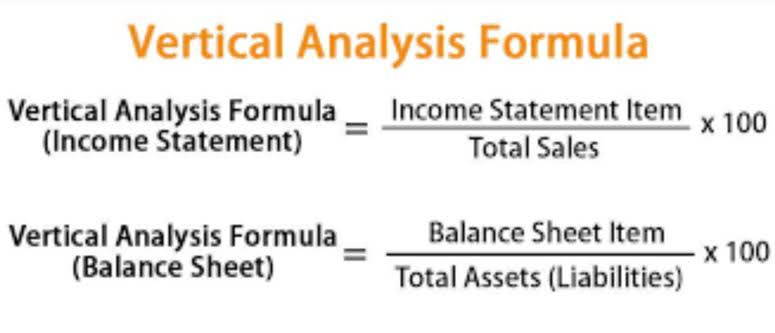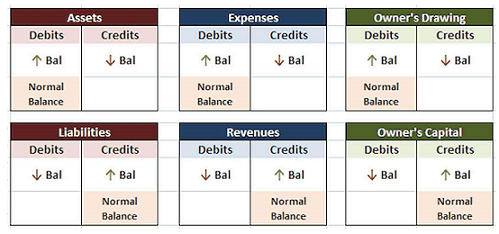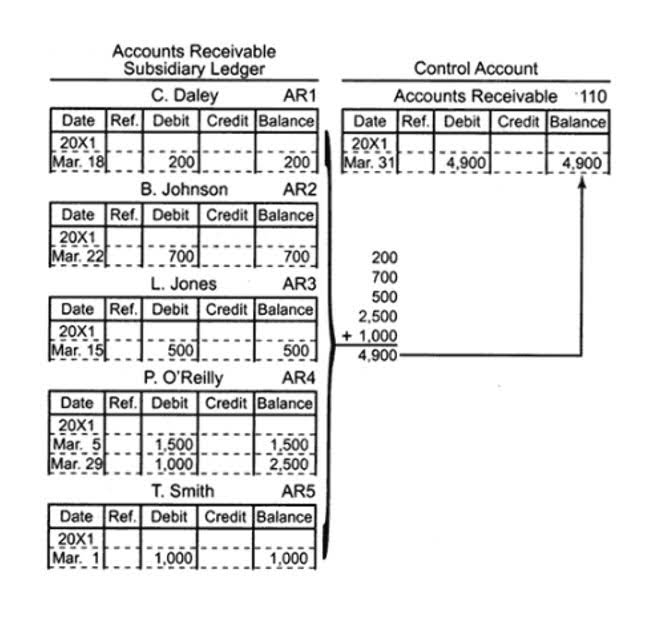Cost of Goods Sold COGS: Definition and How to Calculate It
Кошелек в Телеграме: обзор Telegram Wallet, как пополнять, обменивать и покупать криптовалюту :: РБК Крипто
6. Juni 2024Как торговать биткоином и криптовалютой на бирже Простая инструкция :: РБК.Крипто
4. Juli 2024
Twitty’s Books began its 2018 fiscal year with $330,000 in sellable inventory. By the end of 2018, Twitty’s Books had $440,000 in sellable inventory. While COGS and operating expenses are different, they are both important in measuring the success of a business. For example, if you are a manufacturing company, you may want to invest in machinery that can automate some of the production processes. Improving your bottom line also means finding ways to automate and streamline processes.

Assets = Liabilities + Owner’s Equity
In addition, the gross profit of a company can be divided by revenue to arrive at the gross profit margin, which is among one of the most frequently used profit measures. But not all labor costs are recognized as COGS, which is why each company’s breakdown of their expenses and the process of revenue creation must be assessed. On the income statement, the cost of goods sold (COGS) line item is the first expense following revenue (i.e. the “top line”). The balance sheet lists your business’s inventory under current assets. Pricing your products and services is one of the biggest responsibilities you have as a business owner. And just like Goldilocks, you need to find the price that’s just right for your products or services.
What type of account is cost of goods sold on an income statement?
Balance sheets allow the user to get an at-a-glance view of the assets and liabilities of the company. The financial statement only captures the financial position of a company on a specific day. Looking at a single balance sheet by itself may make it difficult to extract whether a company is performing well.
- Cash, the most fundamental of current assets, also includes non-restricted bank accounts and checks.
- On most income statements, cost of goods sold appears beneath sales revenue and before gross profits.
- By tracking such a figure for a host of companies, they can know the cost at which each of the companies is manufacturing its goods or services.
- If you are a shareholder of a company or a potential investor, it is important to understand how the balance sheet is structured, how to read one, and the basics of how to analyze it.
- The total cost dedicated explicitly to producing one t-shirt amounts to $3.
- Typically, COGS can be used to determine a business’s bottom line or gross profits.
- Such an analysis would help Benedict Company in determining the products that earn more profit margins and the products that are turning out too costly for the company to manufacture.
Best Accounting Software for Small Businesses of 2024
Then, in order to calculate COGS, the ending inventory is subtracted from the cost of goods available for sale so calculated. Now, it is important for you as a business to calculate the per unit product cost as it helps you in setting an appropriate cost of goods sold selling price for your product. Typically, the per-unit cost of your finished goods is derived by adding the costs incurred to produce a bunch of units and then dividing this cost by the number of units in the batch so produced.
Liabilities
- It lets you know how efficiently your business is utilising its labour and raw materials to manufacture its finished products.
- You should record the cost of goods sold as a business expense on your income statement.
- The ideal selling price should be at least greater than $7 to make a profit since it needs to account for both COGS and the additional indirect costs like marketing and shipping.
- We believe everyone should be able to make financial decisions with confidence.
- If the company takes $8,000 from investors, its assets will increase by that amount, as will its shareholder equity.
- A company usually must provide a balance sheet to a lender in order to secure a business loan.
Some companies issue preferred stock, which will be listed separately from common stock under this section. Preferred stock is assigned an arbitrary par value (as is common stock, in some cases) that has no bearing on the market value of the shares. The common stock and preferred stock accounts are calculated by multiplying the par value by the number of shares issued. It can be sold at a later date to raise cash or reserved to repel a hostile takeover. A liability is any money that a company owes to outside parties, from bills it has to pay to suppliers to interest on bonds issued to creditors to rent, utilities and salaries.
Cost of Goods Sold Formula (COGS)

The higher the ratio, the better your financial health in terms of liquidity. Because it summarizes a business’s finances, the balance sheet is also sometimes called the statement of financial position. Companies usually prepare one at the end of a reporting period, such as a month, quarter, or year. The balance sheet is one of the three main financial statements, along with the income statement and cash flow statement. Usually, the cost of foods sold will appear on the second line under the total revenue amount. Gross profit is typically listed below, since you calculate the gross profit by subtracting the cost of goods sold from the revenue amount.
This reflects the fact that Walmart is a big-box retailer with its many stores and online fulfillment centers stocked with thousands of items ready for sale. This is matched on the liabilities side by $56.8 billion in accounts payable, likely money owed to the vendors and suppliers of many of those goods. Cost of goods sold is an important figure for investors to consider because it has a direct impact on profits. Cost of goods sold is deducted from revenue to determine a company’s gross profit. Gross profit, in turn, is a measure of how efficient a company is at managing its operations. Thus, if the cost of goods sold is too high, profits suffer, and investors naturally worry about how well the company is doing overall.
Businesses have other costs, though, and these indirect operating costs are not counted toward the cost of goods sold. Their other expenses can include distribution costs, rent, utilities, insurance, and other expenses that can be considered selling, general, and administrative expenses. Once you calculate your cost of goods sold, either manually or by using accounting software, the total will be reported on your income statement. This information can also alert you if you’re overspending on products or materials, and allows you to make proactive adjustments to increase your net profit.
Instead, they rely on accounting methods such as the first in, first out (FIFO) and last in, first out (LIFO) rules to estimate what value of inventory was actually sold in the period. If the inventory value included in COGS is relatively high, then this will place downward pressure on the company’s gross profit. For this reason, companies sometimes choose accounting methods that will produce a lower COGS figure, in an attempt to boost their reported profitability. Merchandise inventory, before adjustment, had a balance of $3,150, which was the beginning inventory. The inventory at the end of the period should be $8,895, requiring an entry to increase merchandise inventory by $5,745. Cost of goods sold was calculated to be $7,260, which should be recorded as an expense.

Pure service companies may calculate “cost of services” or “cost of revenue.” COGS is not on their income statement. The ideal selling price should be at least greater than $7 to make a profit since it needs to account for both COGS and the additional indirect costs like marketing and shipping. The basic purpose of finding COGS is to calculate the “true cost” of merchandise sold in the period. It doesn’t reflect the cost of goods that are purchased in the period and not being sold or just kept in inventory. It helps management and investors monitor the performance of the business.
